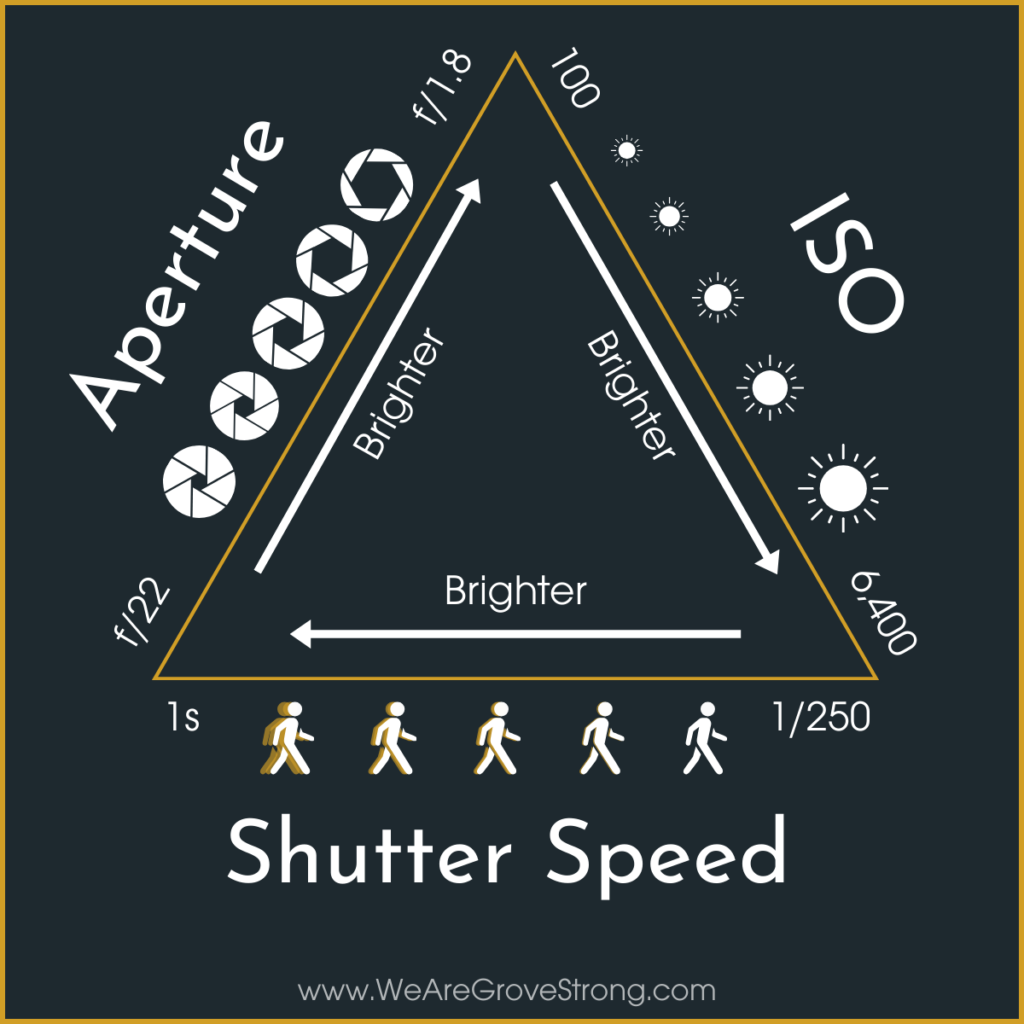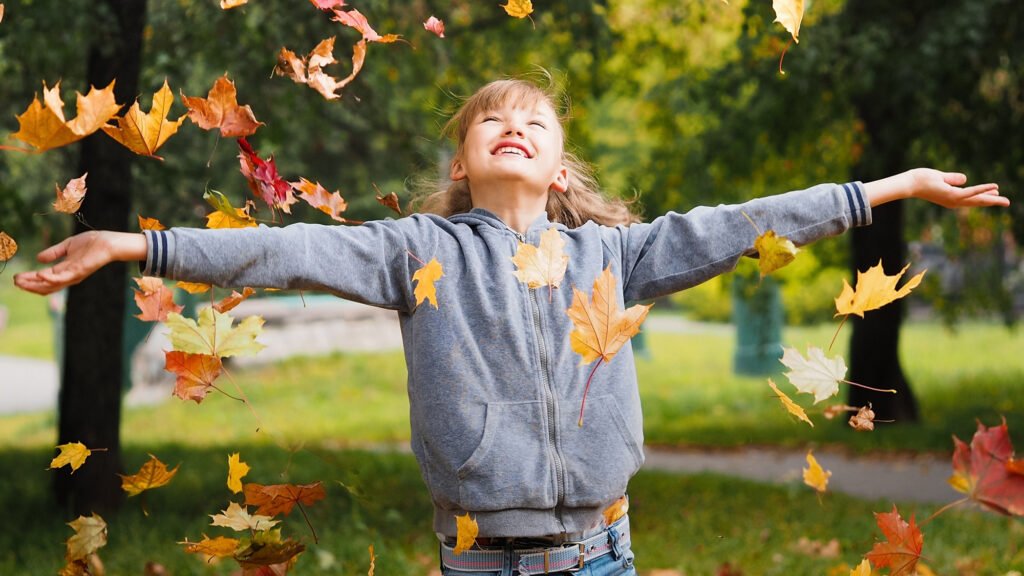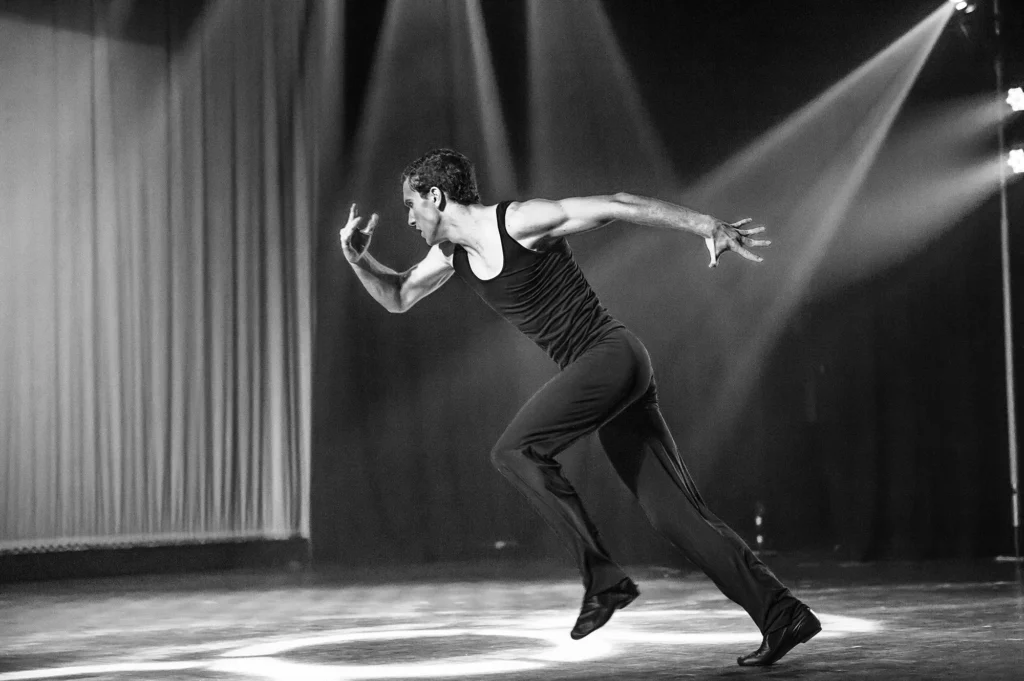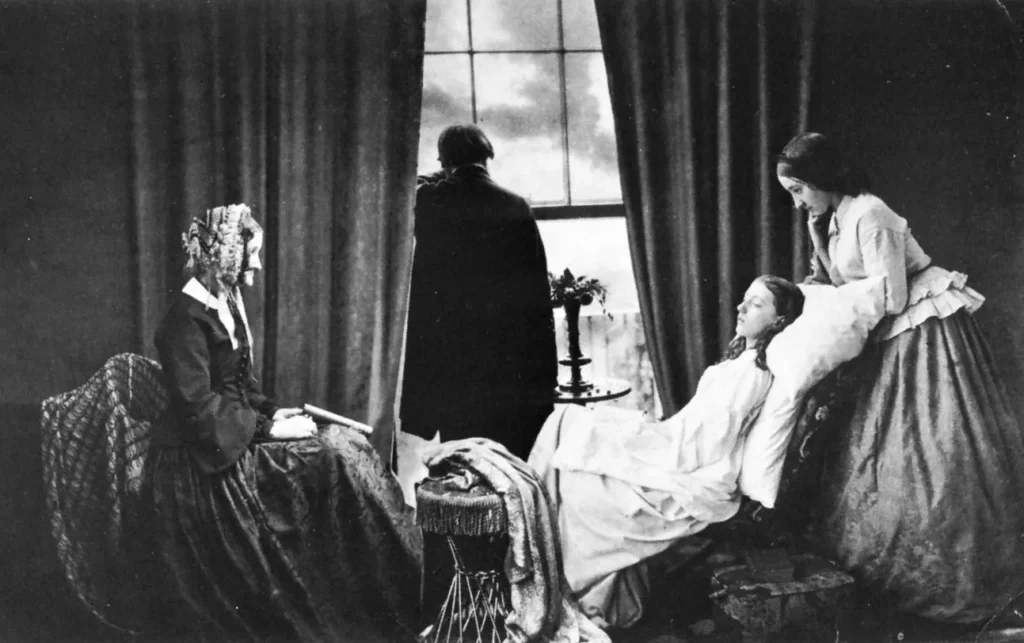Jul 3, 2024
Understanding Composition in Photography
Composition is the arrangement of visual elements within a photograph, influencing how viewers perceive and interpret images. By mastering composition techniques, photographers enhance visual appeal, direct attention to key subjects, and convey narratives effectively through well-structured and balanced compositions.
Rule of Thirds: Creating Balanced Compositions
The rule of thirds divides the image into a grid of nine equal parts using two horizontal and two vertical lines. Placing key elements along these lines or at their intersections creates balanced and visually appealing compositions. Moreover, offsetting subjects from the center adds interest and guides viewers’ eyes naturally through the frame. Thus, applying the rule of thirds enhances composition and engages viewers by emphasizing subject placement and spatial relationships within the frame.
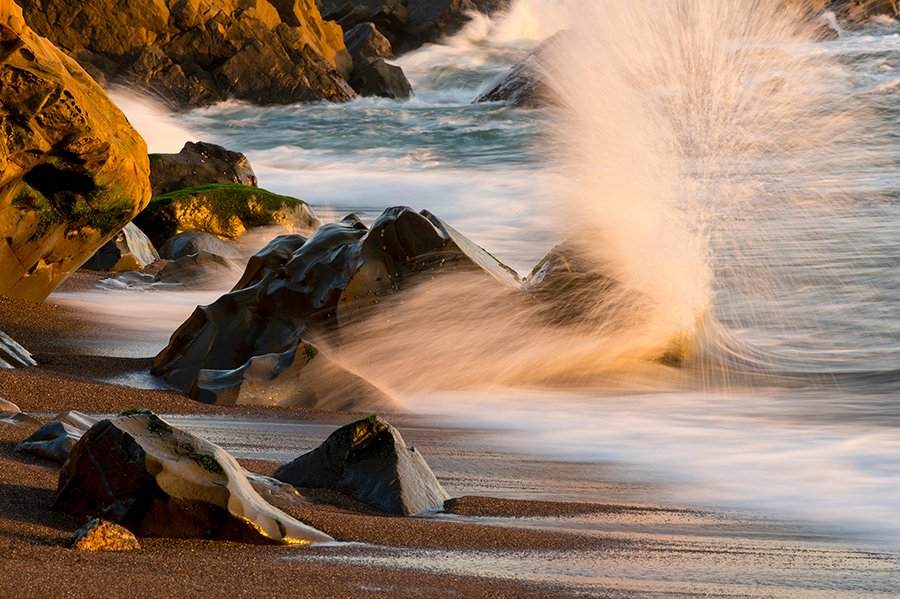
Understanding Composition in Photography
Leading Lines: Guiding Viewer’s Eye
Leading lines are visual elements that lead viewers’ eyes through the image, emphasizing perspective and guiding narrative flow. Examples include paths, roads, fences, or architectural lines that direct attention towards a focal point or vanishing point. Additionally, converging lines create depth and visual interest, drawing viewers into the scene and enhancing compositional dynamics. Therefore, utilizing leading lines effectively enhances visual storytelling, encourages exploration of image details, and creates a sense of depth and movement within compositions.
Framing and Negative Space: Adding Depth and Context
Framing techniques use foreground elements to enclose subjects, adding depth and context to compositions. Examples include natural frames like doorways, windows, or foliage that draw attention to the main subject. Moreover, incorporating negative space around subjects isolates them within the frame, emphasizing their importance and creating a sense of balance and simplicity. Additionally, balancing positive and negative space enhances visual harmony and allows viewers to interpret images with clarity and focus. Thus, mastering framing and negative space techniques enriches composition, reinforces narrative context, and elevates visual impact in photography.
Symmetry and Patterns: Creating Visual Harmony
Symmetry and patterns bring order and visual harmony to compositions, capturing viewers’ attention through balanced and repetitive elements. Symmetrical compositions mirror subjects evenly across the frame, creating a sense of balance and stability. Furthermore, patterns repeat shapes, textures, or colors throughout the image, adding rhythm and visual interest. Additionally, breaking patterns or introducing subtle variations adds intrigue and uniqueness to compositions, encouraging viewers to explore details and appreciate visual complexity. Therefore, incorporating symmetry and patterns enhances composition, communicates order and rhythm, and resonates visually with viewers through structured and harmonious arrangements.
Conclusion
Composition is a cornerstone of compelling photography, influencing how viewers perceive and connect with images. By mastering techniques such as the rule of thirds, leading lines, framing, negative space, symmetry, and patterns, photographers create visually appealing and narrative-rich compositions that engage, inform, and inspire audiences. Continuous practice, exploration of diverse subjects, and experimentation with composition techniques empower photographers to refine their visual storytelling skills, capture memorable moments, and convey emotions effectively through well-crafted and balanced compositions.
More Details
